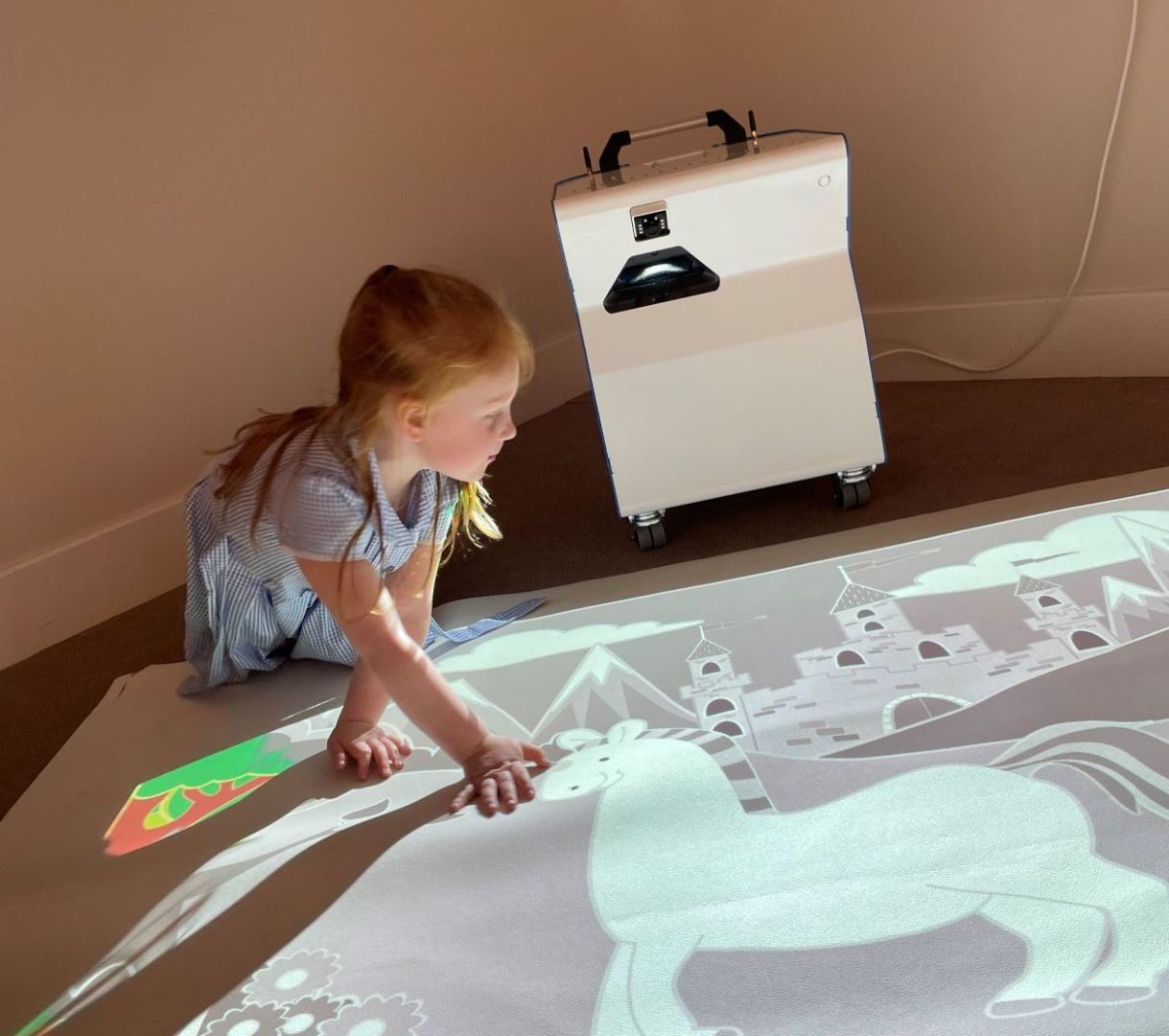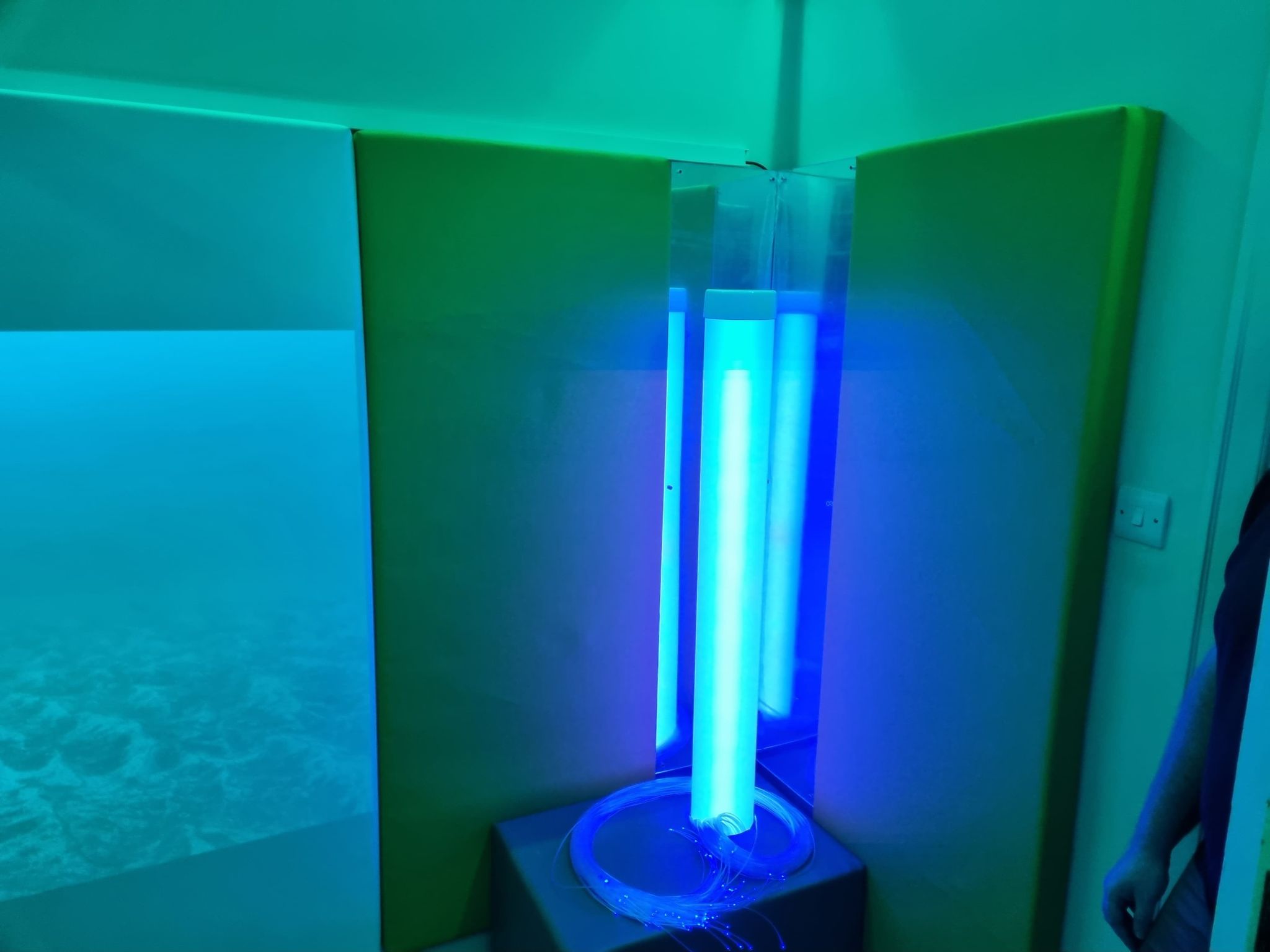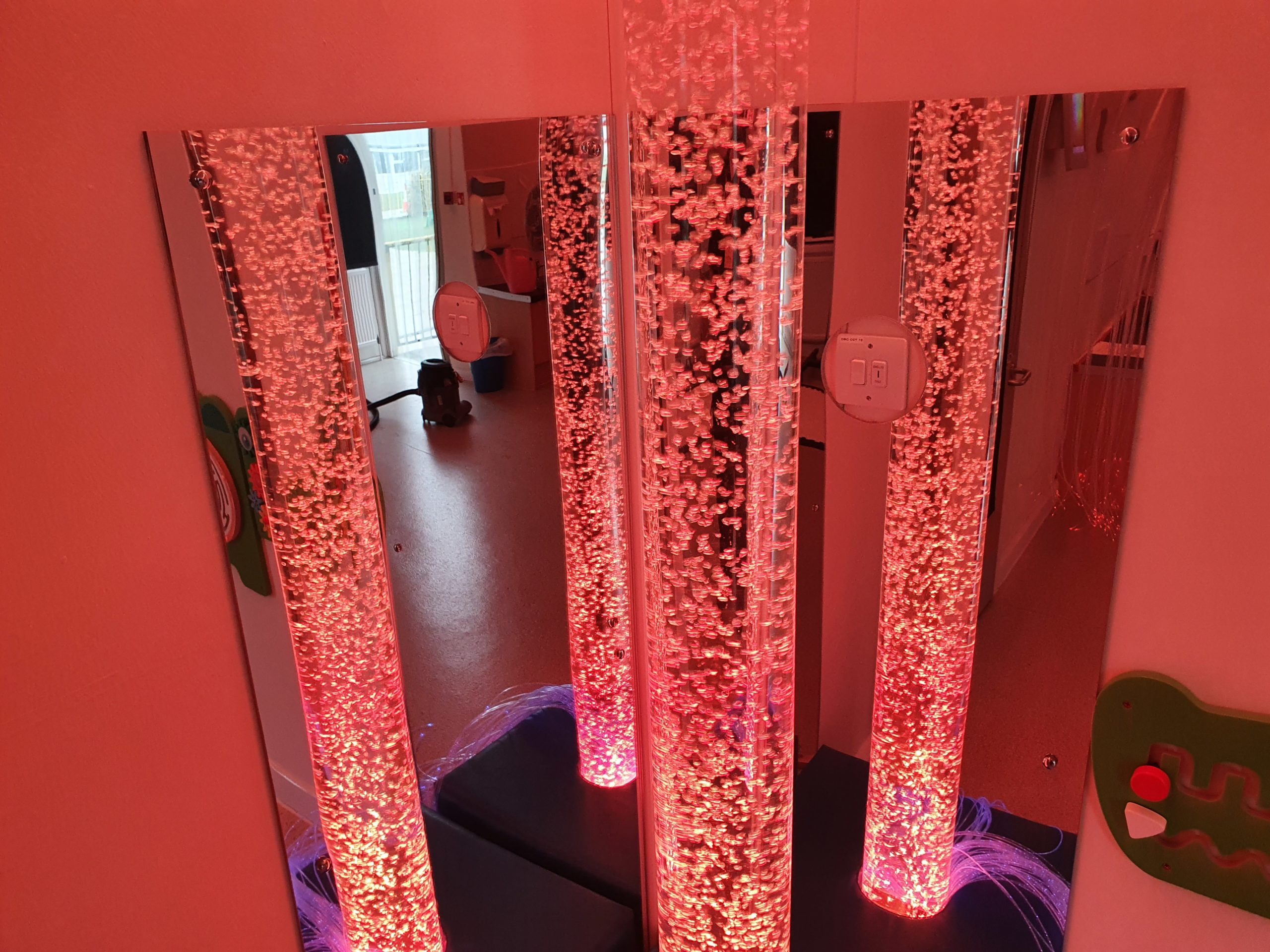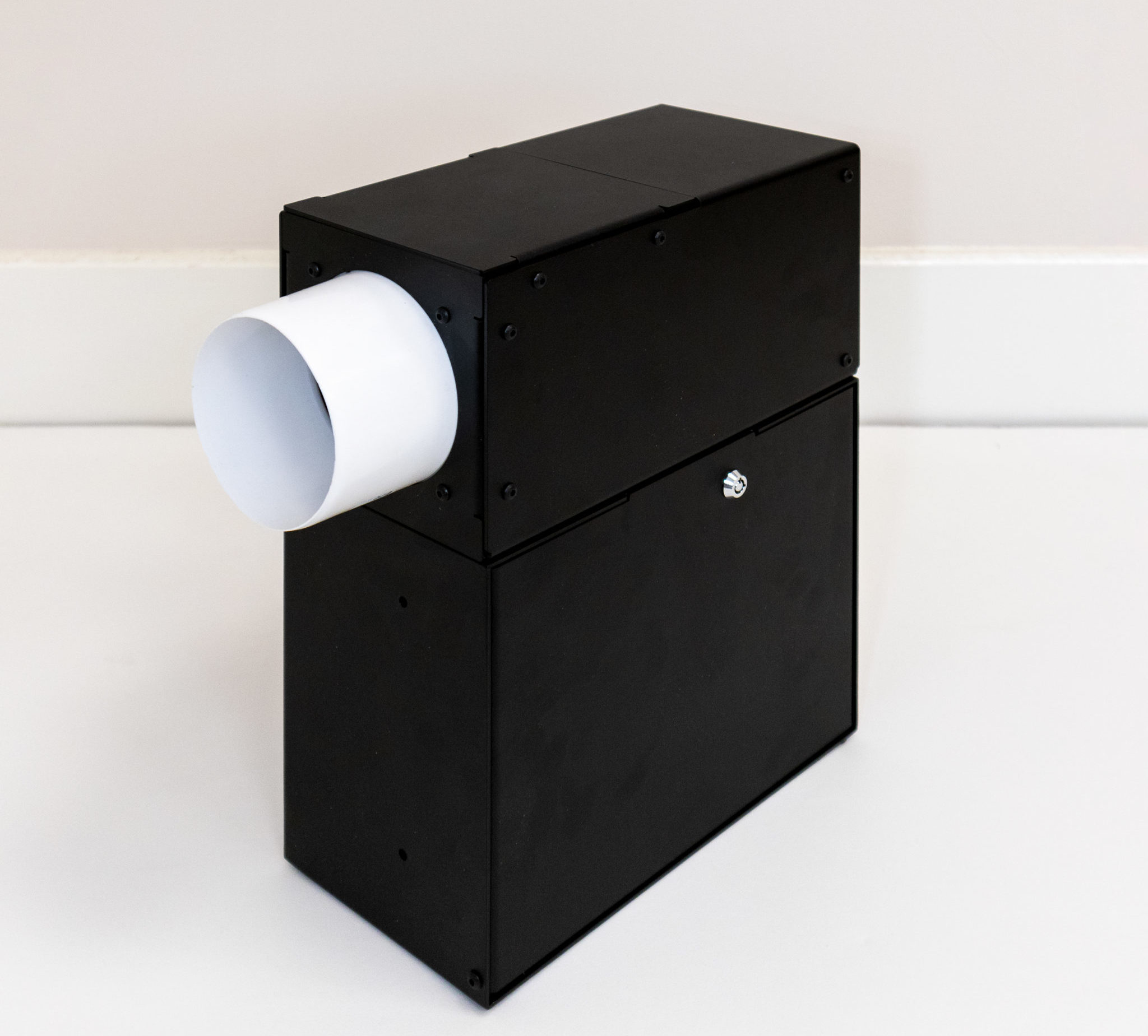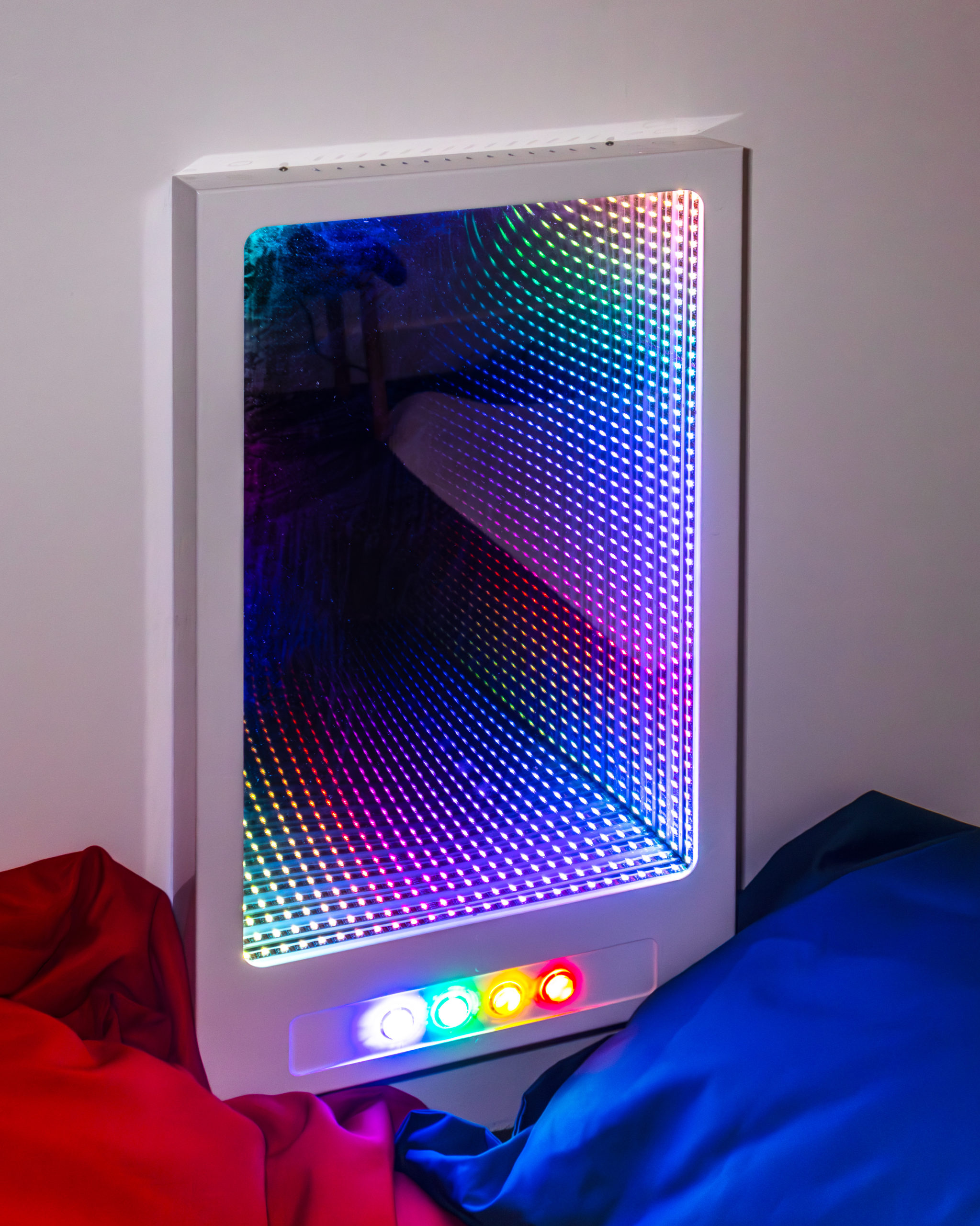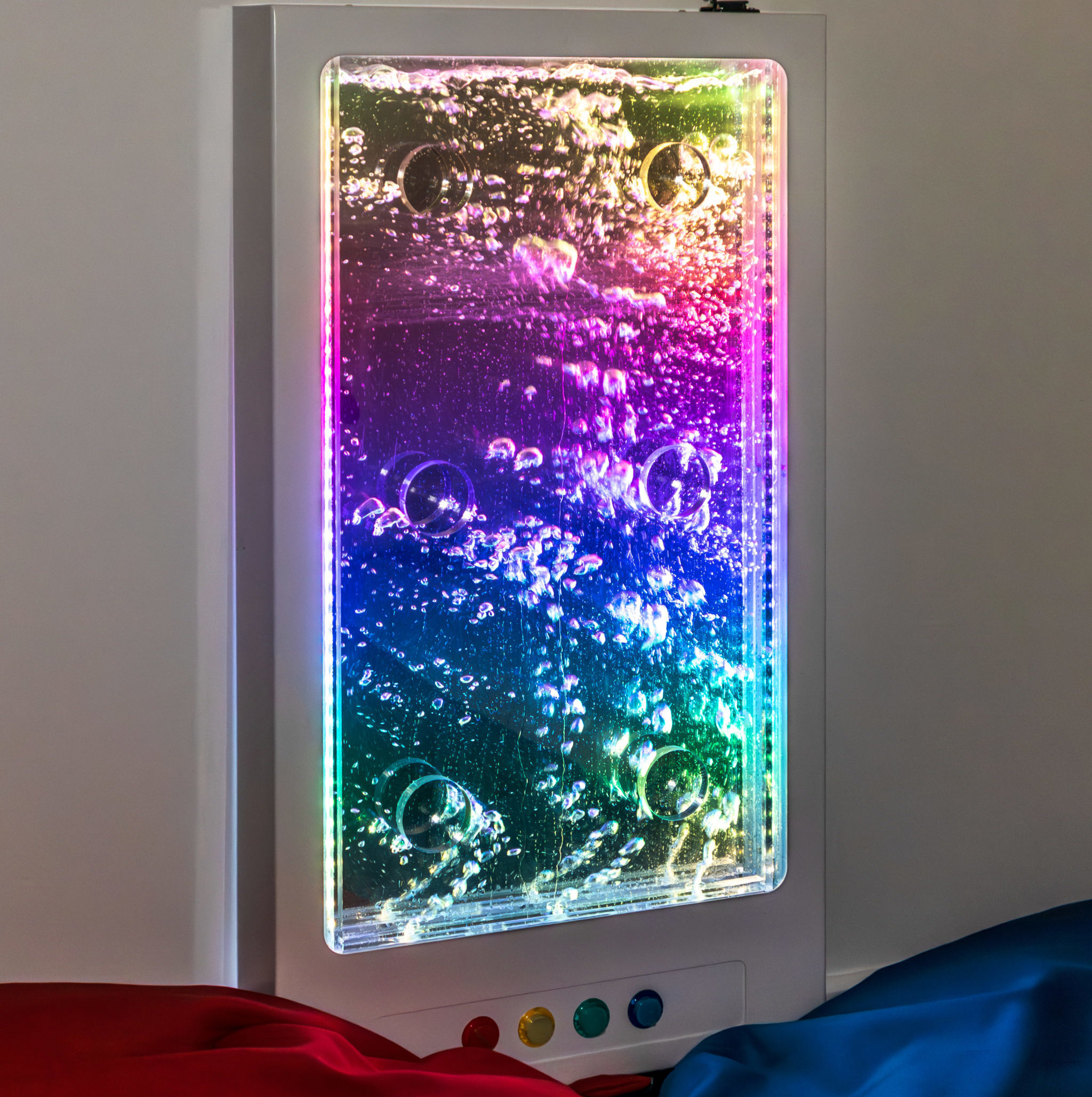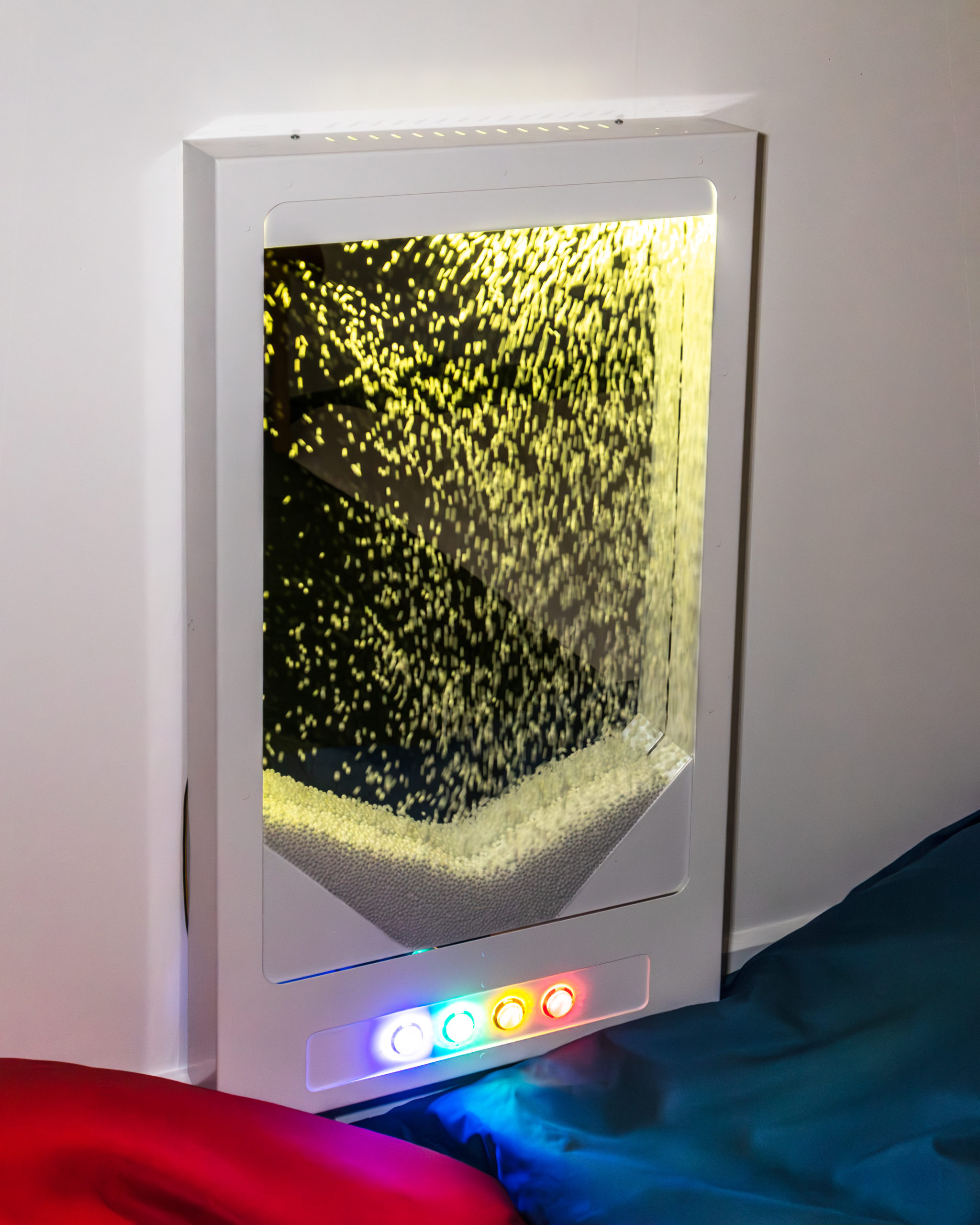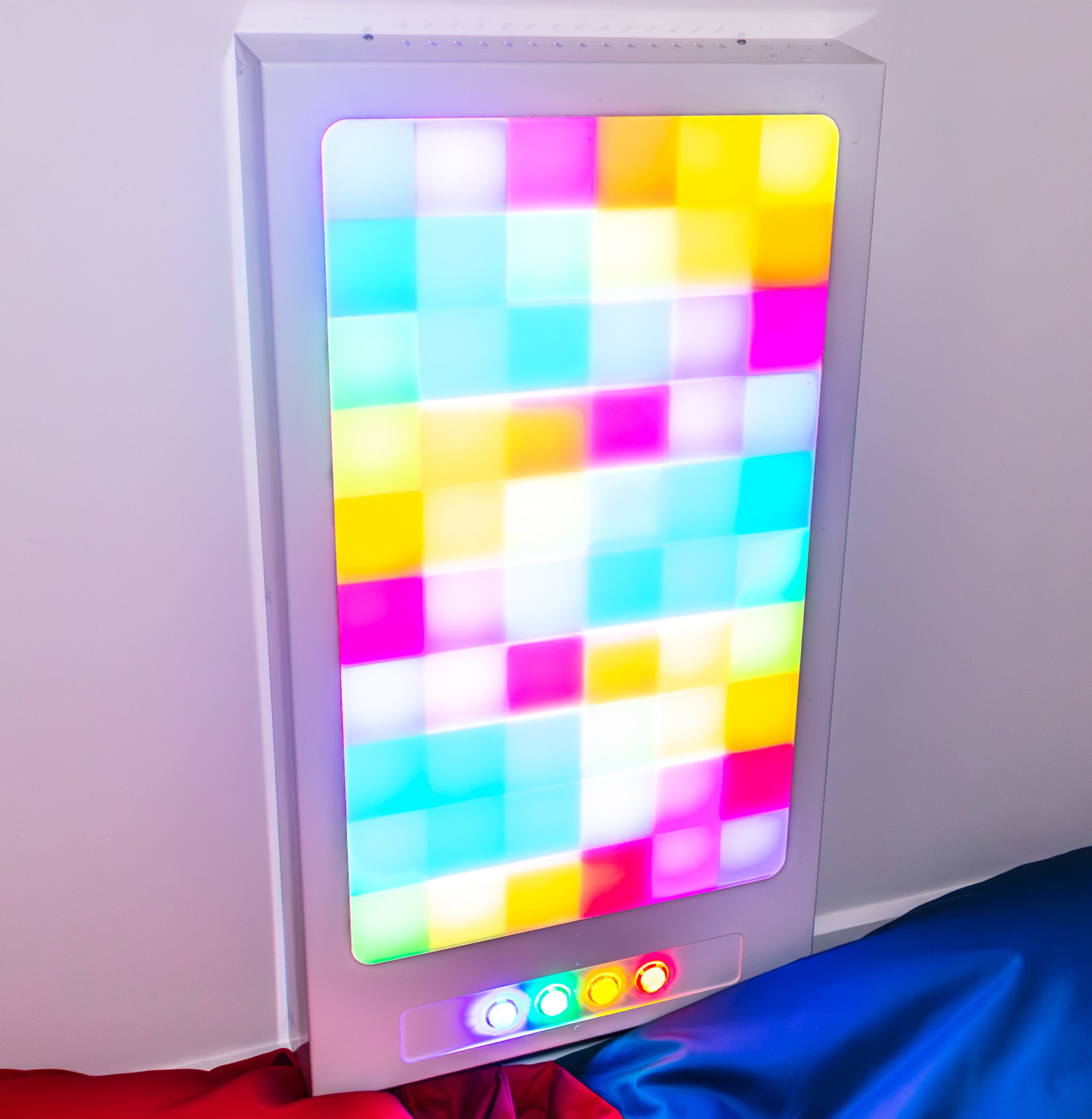Benefits of Interactive Projection for Special Education
Firstly, Interactive Projectors make learning more engaging by transforming passive content into active experiences. For students with additional needs, this increased engagement can translate into improved attention spans and a greater enthusiasm for learning.
Moreover, this technology supports multi-sensory learning, a crucial aspect of special needs education. By incorporating visual, auditory, and kinaesthetic elements, interactive projections cater to various learning preferences and needs, making lessons more accessible and effective.
Additionally, interactive projection systems often come with a wide range of customisable features, allowing educators to tailor activities to individual student needs. This adaptability is essential in special education, where students may require different approaches to grasp the same concept.
Furthermore, many interactive projection activities are designed for group participation, promoting social interaction among students. This collaborative aspect can help students with additional needs develop social skills and build confidence in a group setting.
Finally, interactive projection provides immediate feedback, a critical component in the learning process for special needs students. Instant responses to actions can help students understand concepts more quickly and adjust their learning strategies in real-time.

